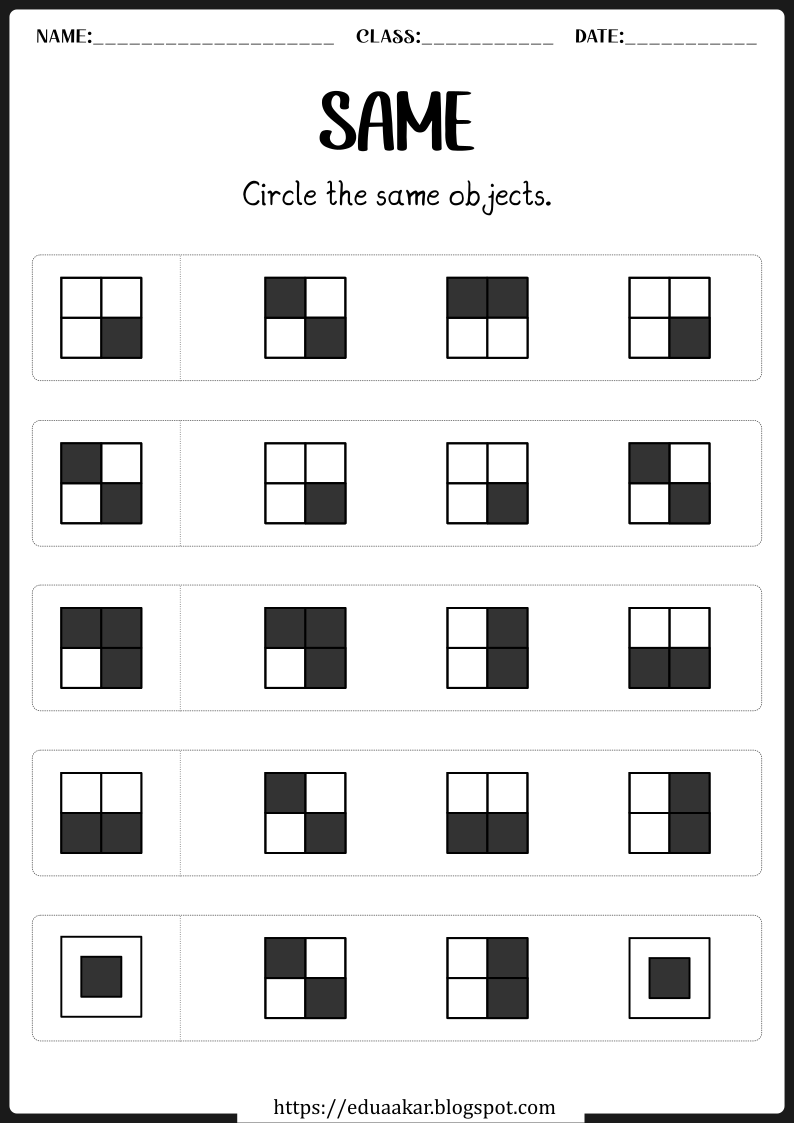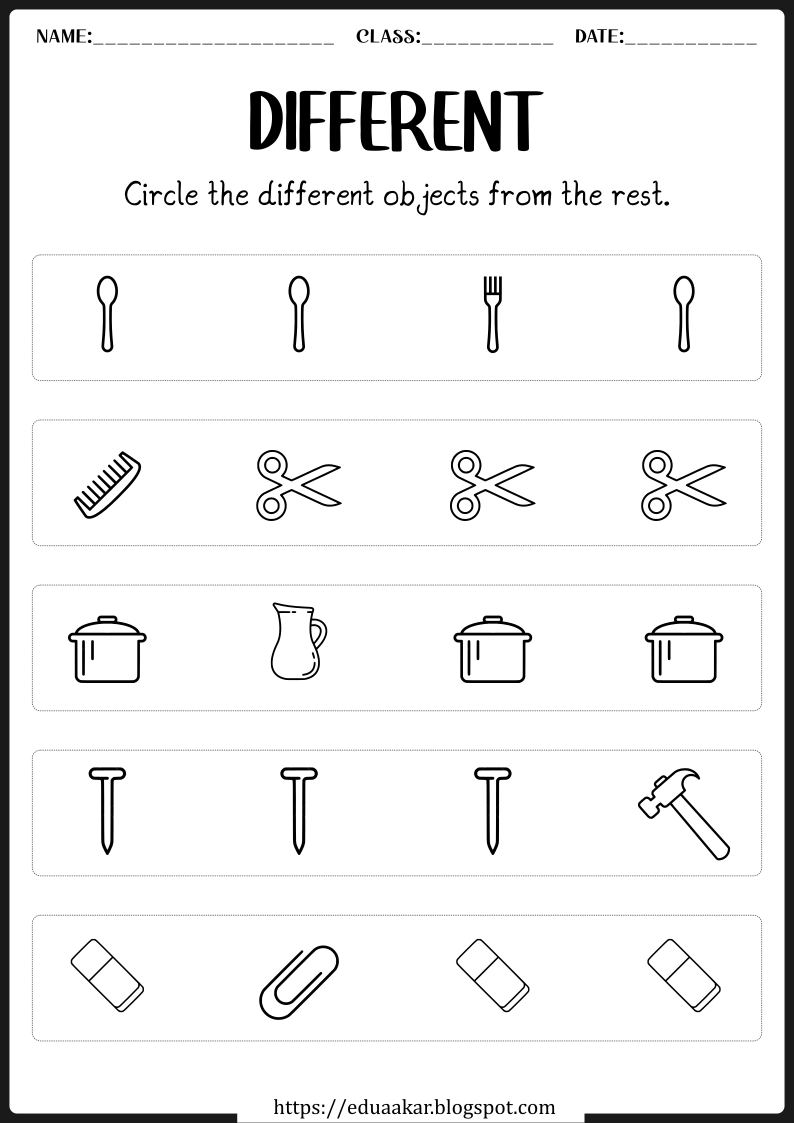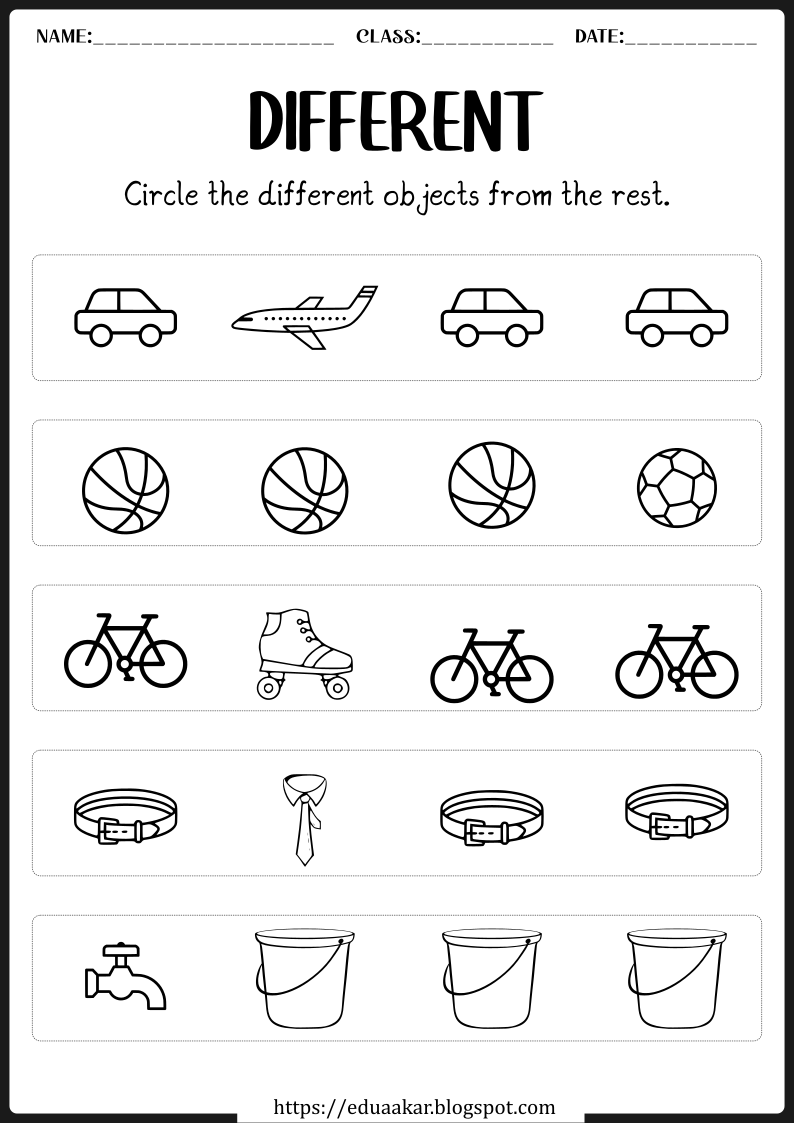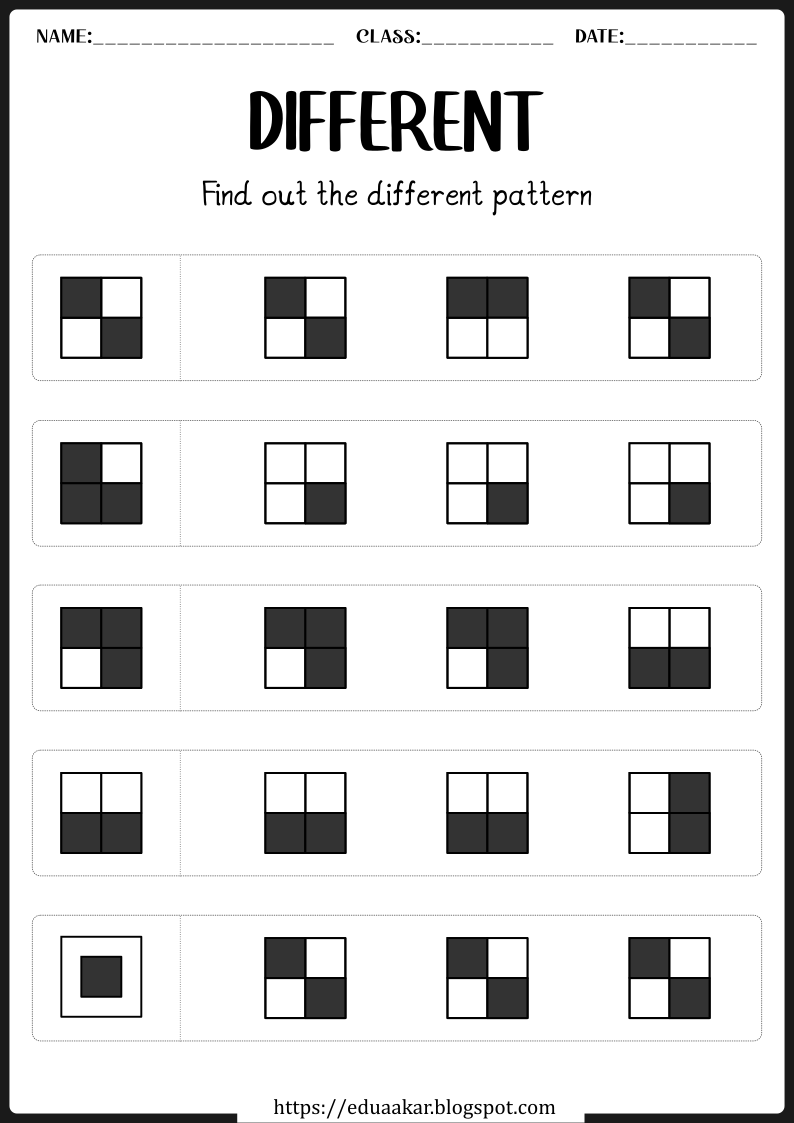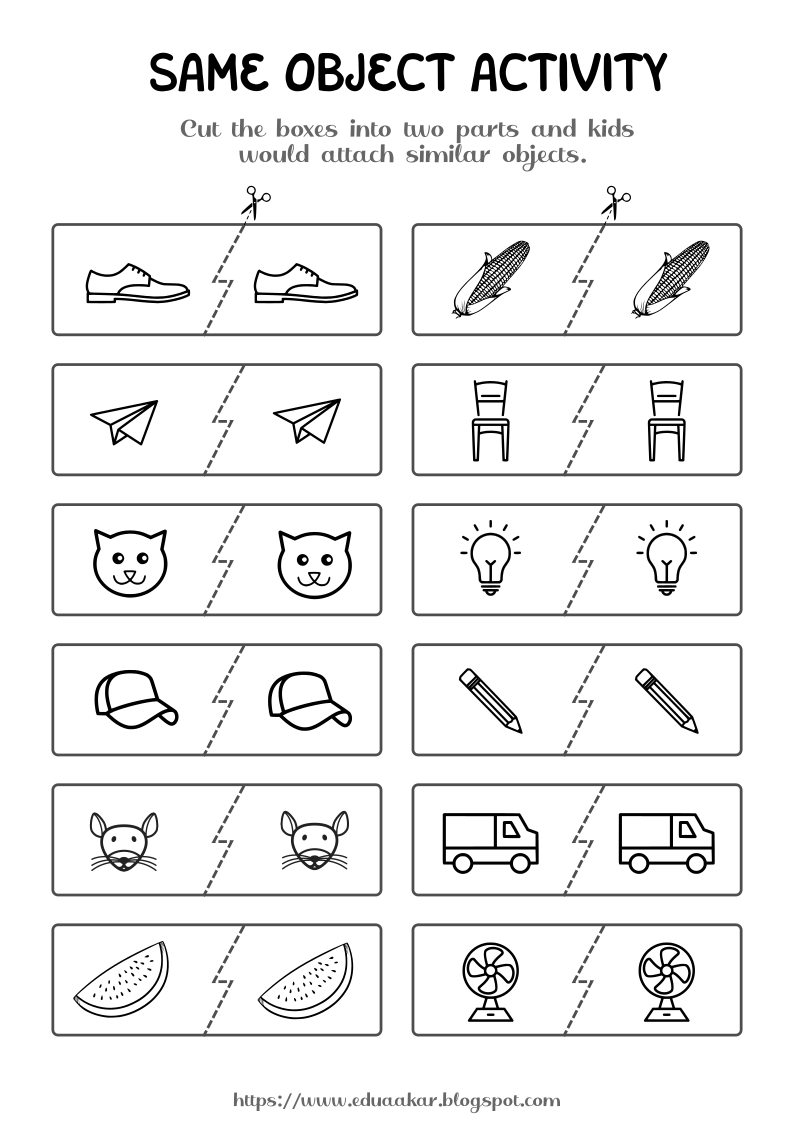When it comes to teaching young children, especially those in pre-school and kindergarten, you’ll want something simple yet effective. That’s where "Same and Different" worksheets come into play. These fun activities aren’t just about keeping kids busy—they help develop essential cognitive skills, like observing, comparing, and making decisions.
In this post, I’ll share some free worksheets designed to help kids learn about what makes things similar or different. You’ll also get tips on how to make the most of these worksheets with your little ones. Let’s dive in!
Why "Same and Different" Worksheets Matter
You’ve probably seen kids studying objects with great curiosity, trying to figure out if two things are the same or different. That’s because their brains are hardwired to look for patterns from an early age. "Same and Different" worksheets provide a structured way for them to sharpen this natural instinct.
When kids work on these activities, they strengthen their observation skills, pay more attention to detail, and even start solving simple problems—skills that are essential for more complex learning later on.
Personal Story: I remember working with a group of pre-schoolers on these types of worksheets, and you wouldn’t believe how proud they were when they could confidently point out which objects were the same. One child even told me, “Look! I’m a detective!”—and in many ways, that’s exactly what they’re doing: detecting patterns.
Free Worksheets to Help Kids Learn
Now, let’s get to the worksheets! Below are three different types of activities that focus on helping kids identify the same and different objects.
1. Identify the Same and Different Objects
2. Matching Same Objects
This worksheet takes it a step further by having kids draw lines between identical objects. It’s not just about recognizing what's the same—this activity also helps improve their hand-eye coordination.
3. Joining Same Objects (Flashcard Style)
This worksheet offers a flashcard-style activity where kids join or "pair" images that are the same. It’s a more interactive way of reinforcing what they’ve already learned, keeping them engaged while sharpening their recognition skills.
How These Worksheets Can Benefit Pre-School and Kindergarten Kids
So, why use these worksheets? Besides being fun, they offer several key benefits for early learners, particularly pre-school and kindergarten kids. First, they help children understand the concept of categorization, which is fundamental in math, science, and even reading.Additionally, these activities improve fine motor skills as kids draw circles or lines to match objects. Visual recognition is also enhanced, which is critical for learning letters and numbers down the road.
But perhaps the biggest benefit? Confidence. Kids love figuring things out, and when they succeed in finding the right match or identifying the same objects, their confidence in their abilities grows.
Tips for Using the Worksheets
Here are a few quick tips to make these worksheets even more effective:
- Make it interactive: Sit with your child as they work through the worksheets, asking them why they think two objects are the same or different. This turns the exercise into a conversation and deepens their understanding.
- Keep it fun: Turn it into a game! Set a timer and see how many correct matches they can make in two minutes, or offer small rewards for completing a certain number of worksheets.
- Use in small groups: In a classroom setting, these worksheets can also be great for pair or group activities, allowing kids to work together and compare their answers.



